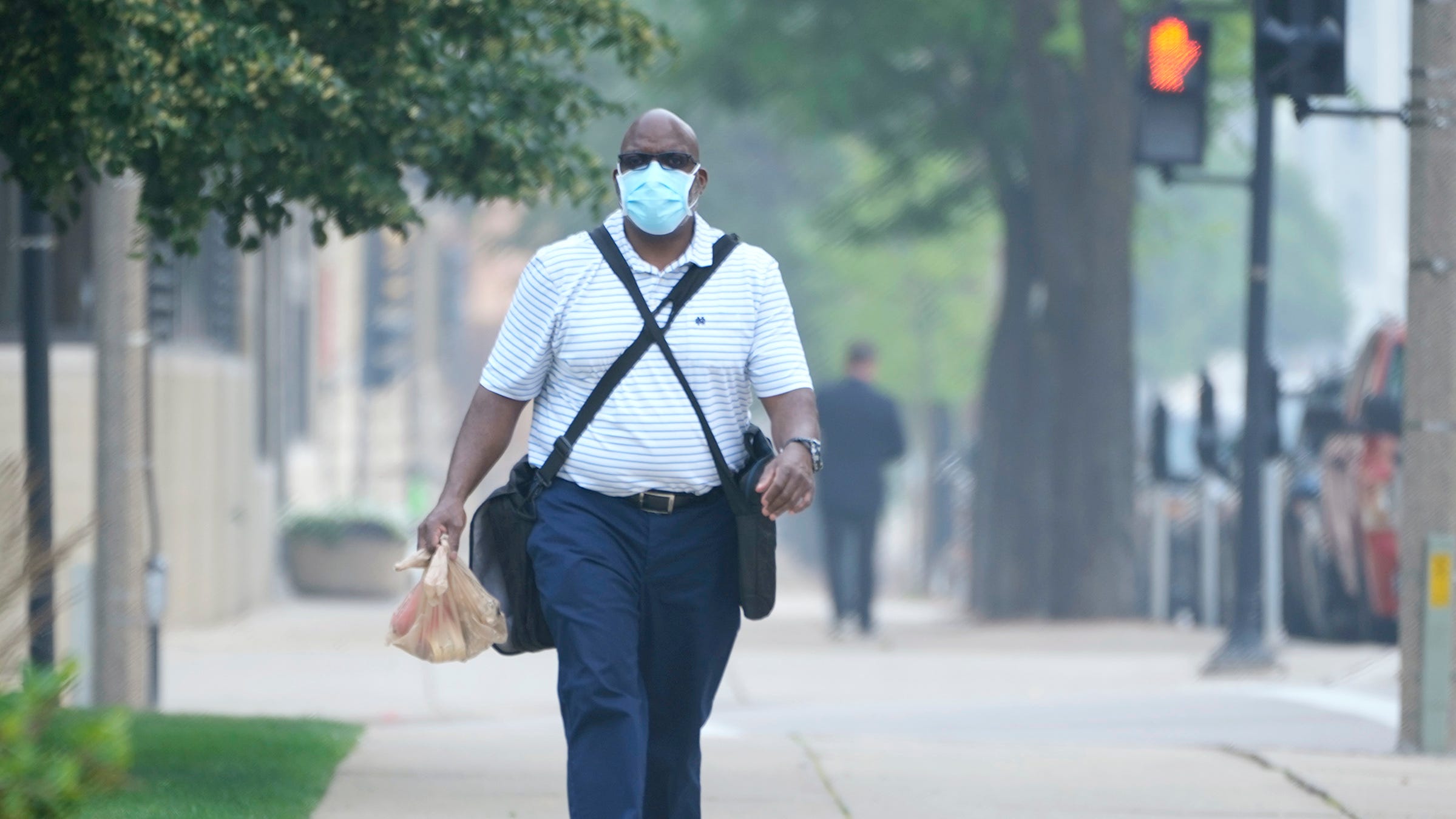Infection
COVID cases have been rising in Milwaukee since July. It’s the new normal for summertime, experts say.
Rates of COVID-19 are on the rise in the United States, Wisconsin and the Milwaukee area, but experts say we’re unlikely to see the kind of widespread infections and hospitalizations seen over the last three summers.
Milwaukee County COVID-19 Surveillance Data reports that new positive cases have been on the rise in the city of Milwaukee every week since the end of July. Cases have been trending upward since the beginning of July, with 8.6 new cases per 100,000 residents during the week of July 2 and 27 new cases per 100,000 residents during the week of Aug. 13.
This brings the city back to similar case rates as were seen in May of this year, but far from anything seen last year, which recorded 176.7 new cases per 100,000 residents during the week of Aug. 14, 2022.
The Centers for Disease Control and Prevention estimate that the new omicron subvariant, EG.5, nicknamed “Eris,” is the variant most responsible for COVID infections in August 2023, accounting for about 20% of infections during the week of Aug. 19.
Along with cases, COVID hospitalizations are also up in Wisconsin and nationwide.
CDC data found that new COVID hospitalizations are up just over 32% in Wisconsin when compared to earlier this month. Hospitalizations rose 21.6% in the U.S. over the same time period.
County data shows that hospitalizations in Milwaukee County have risen since July, returning to numbers similar to May and June 2023. The county saw a record-low of 11 hospitalized patients on July 12 and reported 25 hospitalized patients on Aug. 23. This summer’s numbers are quite low when compared to last summer’s, which saw hospitalizations in the 120s in mid-July and in the 120s-140s in mid-August.
It is important to remember that small surges in COVID cases, as we’re seeing this summer, are part of a “new normal,” experts say. COVID infections tend to rise in the summer because people gather in large groups outside or close together indoors to escape the heat.
“For each summer since the pandemic began, we have had a summer increase of various magnitudes. So, I’m actually not surprised to see it happening now,” Leslie Waller, a health department epidemiologist, told the Tennessean earlier this month. “Especially coming off the tail of a really hot period where people were spending a lot of time indoors, not having the windows open.”
Recent weather events across the country ― like air quality issues and a heat wave in Wisconsin ― have caused an increase in indoor gatherings this summer.
Additionally, Americans are testing for COVID less frequently, which means they’re more likely to carry the virus unknowingly before attending gatherings or traveling, said Jodie Guest, professor and senior vice chair of the Department of Epidemiology at Emory University’s Rollins School of Public Health.
Plus, behaviors treated with caution a year or two ago, like eating indoors in restaurants, have become normal again, said Dr. Daniel Griffin, an infectious disease specialist and clinical instructor of medicine at Columbia University in New York City.
While COVID-19 will likely never completely go away, vaccines, antivirals, masks and other prevention tools, along with improved care for the very sick, have transformed an urgent crisis into a manageable disease, experts say.
More:COVID rates are rising. Now, a UW-Madison scientist has found a way to recycle face masks.
USA TODAY’s Karen Weintraub and Adrianna Rodriguez and the Nashville Tennessean’s Frank Gluck contributed to this report.

